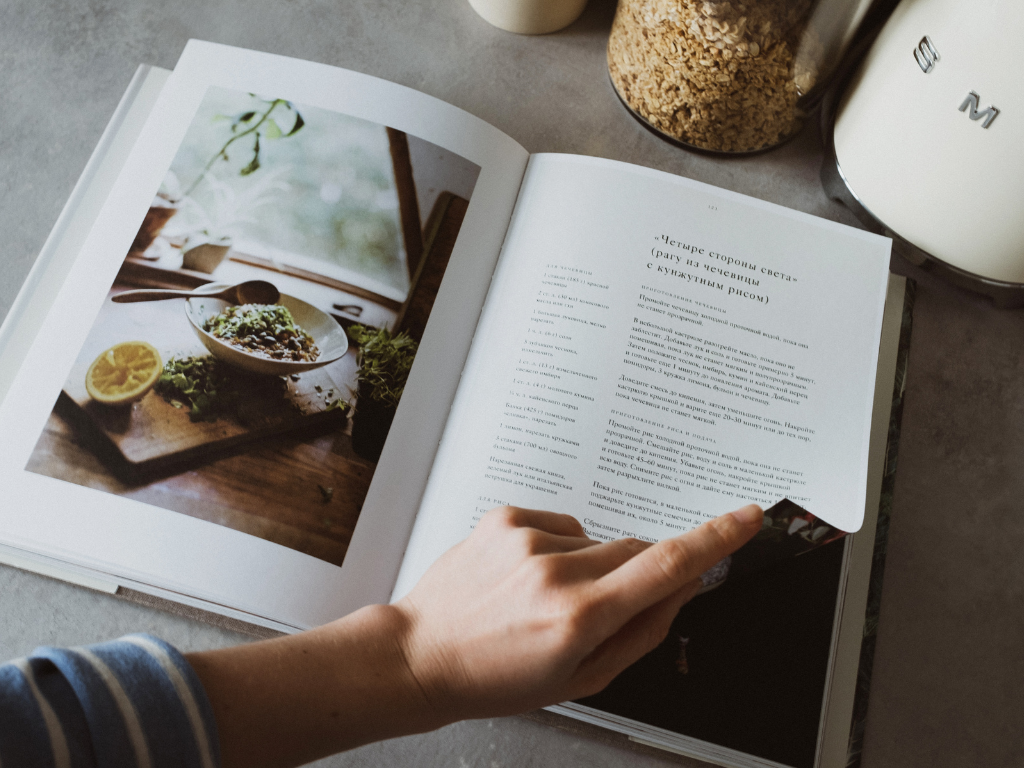When you walk down the coffee aisle or browse online for beans, you’re met with a wave of terms: single-origin, washed, medium roast, altitude-grown, cupping notes, and more. But what do all those words really mean—and how can they help you choose a coffee that matches your taste?
In this guide, you’ll learn how to read a coffee label like a pro. Whether you’re new to specialty coffee or just want to make more informed choices, understanding labels is the first step to discovering better brews.
Why coffee labels matter
Coffee labels aren’t just marketing—they’re maps. They give you important information about:
- Flavor expectations
- Bean quality
- Processing methods
- Roasting style
- Ethical sourcing
Knowing how to decode a coffee bag helps you avoid generic blends and start exploring the wide variety of profiles the coffee world has to offer.
1. Origin: where your coffee comes from
The origin of a coffee refers to the country (and sometimes the region or farm) where the beans were grown.
Single-origin vs. Blend
- Single-origin: Beans from one farm, cooperative, or region. Great for distinct flavors and terroir.
- Blend: A mix of beans from different origins. Balanced and consistent, ideal for espresso or milk-based drinks.
Examples:
- Ethiopia Yirgacheffe – Known for floral and citrus notes
- Colombia Huila – Balanced, sweet, mild acidity
- Brazil Cerrado – Nutty, chocolatey, low acidity
Understanding origin helps predict flavor: African coffees tend to be fruity and bright; Central Americans are sweet and balanced; Indonesians are earthy and bold.
2. Variety (or cultivar)
This refers to the type of coffee plant the beans came from. Just like wine grapes, different varieties offer different flavor characteristics.
Common varieties:
- Typica: Clean and sweet, classic cup
- Bourbon: Rich body, good sweetness
- SL28 / SL34: Found in Kenya, prized for brightness and complexity
- Geisha (or Gesha): Floral, tea-like, rare and expensive
Most commercial coffees don’t include variety unless they’re from a specialty roaster. If listed, it’s a sign of higher traceability.
3. Altitude (grown at X meters above sea level)
Higher altitudes (measured in MASL – meters above sea level) tend to produce denser beans with more acidity and complexity.
- 800–1200 MASL: Milder, nutty coffees
- 1200–1600 MASL: Balanced acidity, rich sweetness
- 1600+ MASL: Bright, floral, and vibrant
Altitude isn’t a guarantee of quality—but it often correlates with more vibrant and dynamic flavors.
4. Processing method
This describes how the coffee cherry was processed after harvesting. It has a major impact on flavor.
Main methods:
- Washed (Wet): Clean, crisp, highlights acidity. Common in Latin America and Africa.
- Natural (Dry): Fruity, heavy-bodied, fermented or wine-like. Dried with the fruit on.
- Honey (Semi-washed): Sweet, syrupy, balanced. Fruit removed partially before drying.
- Anaerobic / Experimental: Fermented in oxygen-free tanks, resulting in unique, punchy profiles.
The processing method affects whether your coffee tastes bright and clean or funky and sweet.
5. Roast level
One of the most important (and visible) factors. Most roasters will list:
- Light roast: Bright, acidic, fruity, shows off origin
- Medium roast: Balanced, sweet, nutty, chocolatey
- Dark roast: Bitter, smoky, intense, lower acidity
Some roasters use more descriptive terms:
- City / Full City (medium)
- French / Italian (dark)
- Cinnamon / Blonde (very light)
Choose roast level based on your preferred brewing method and taste.
6. Flavor notes
These are the tasting notes or “cupping notes” provided by the roaster, based on professional taste evaluations.
Examples:
- “Berries, cocoa, floral”
- “Caramel, red apple, almond”
- “Dark chocolate, tobacco, spice”
These notes are not additives—they’re natural flavors developed through the bean’s origin, processing, and roast. They’re there to guide your expectations, like a wine description.
Tip: Don’t expect to taste every note immediately. Use them as a guide to identify what to look for.
7. Roast date (not just “best by”)
Freshness matters. Look for a roast date, not just an expiration or “best by” label.
- Coffee is best 7 to 21 days after roasting
- Stale after 4–6 weeks, even if unopened
- Store in cool, dry, airtight conditions
Avoid buying coffee with no roast date—it likely means the beans are old or industrially produced.
8. Grind type (if pre-ground)
If you’re buying ground coffee (not whole bean), the label should say what brew method it’s suited for:
- Coarse: French press, cold brew
- Medium: Drip, pour-over
- Fine: Espresso, Moka pot
- Extra fine: Turkish coffee
Grind affects extraction time and flavor. If possible, buy whole bean and grind at home for best results.
9. Certifications and sourcing ethics
You may see labels like:
- Fair Trade: Supports fair wages for farmers
- Organic: Grown without synthetic pesticides
- Direct Trade: Bought directly from farmers or cooperatives
- Rainforest Alliance / UTZ: Sustainable farming practices
These certifications vary in meaning and rigor, but they show the roaster is considering social and environmental responsibility.
Note: Some specialty roasters skip certifications in favor of transparent, direct relationships.
10. Brew recommendations
Some bags include brew guides or icons for recommended methods:
- Drip
- French press
- Espresso
- Cold brew
- Pour-over
Follow these suggestions to get the best results from that particular roast and bean.
Final thoughts: decoding labels makes you a better coffee buyer
Coffee labels can seem overwhelming at first—but once you understand them, they become powerful tools. They help you:
- Choose beans that match your taste
- Discover new origins and processes
- Brew better coffee consistently
- Support ethical and quality-driven producers
So next time you buy coffee, take a minute to read the label. You might discover a new favorite—before you even open the bag.
